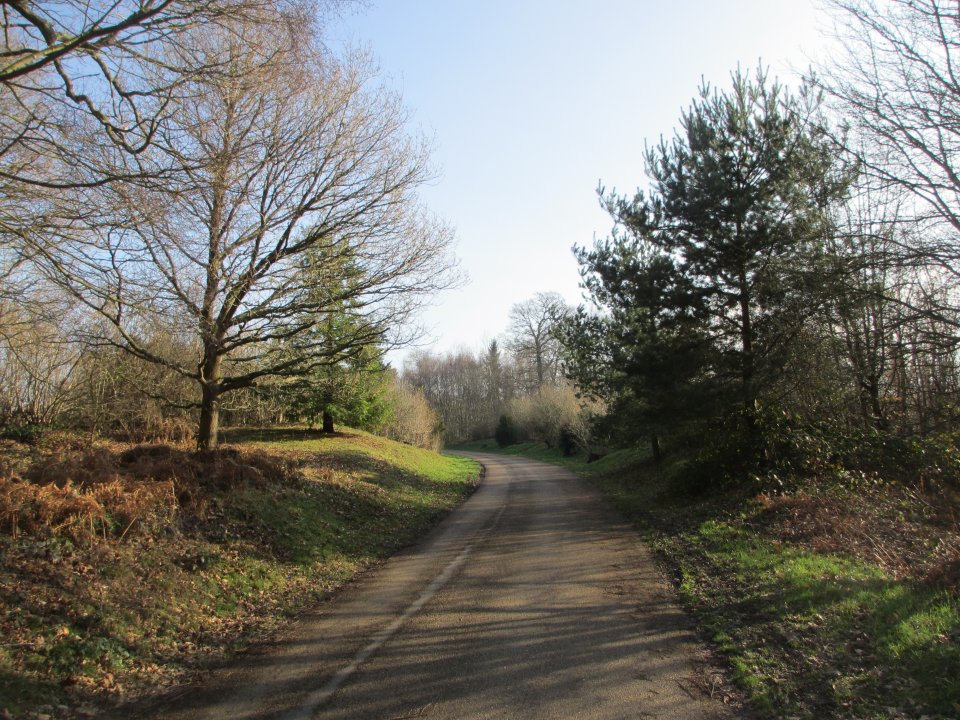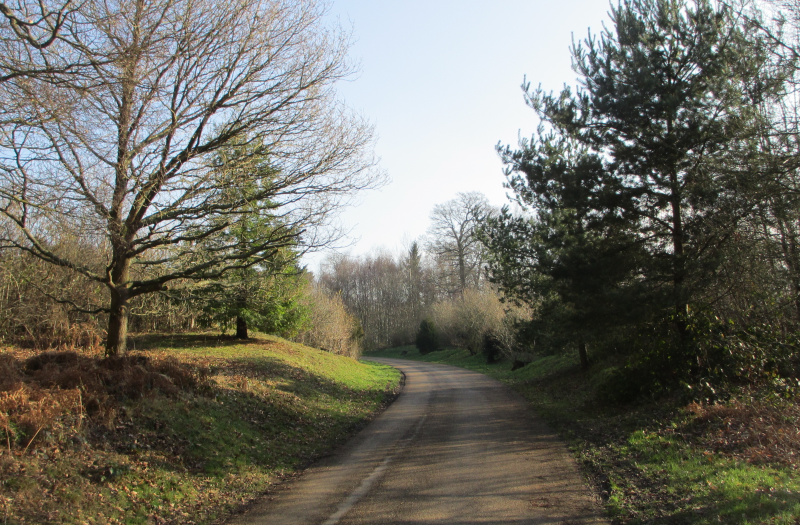A21 Scotney Castle Green Bridge

The bridge is located within the High Weald Area of Natural Beauty. The historic West drive which was laid out in 1842 is used as the main entrance to Scotney Castle.
To mitigate the development of a 3.2km bypass by building a green land bridge to enable the historic West drive to be reinstated on its original line and provide landscape and habitat connectivity.
The bridge was constructed as part of a Highways England improvement scheme for a new dual carriageway bypass around Lamberhurst village. A one-way road runs through the centre of the bridge, reconnecting the historic West drive to Scotney Castle. The bridge also serves as a connection between...
|
Potential impacts/ benefits |
||||
|
Challenges addressed |
Enhancing sustainable urbanisation |
Restoring ecosystems and their functions |
Developing climate change mitigation |
Developing climate change adaptation |
|
Green space management (Including enhancing/conserving urban biodiversity) |
· Increase accessibility to green open spaces. · Increase awareness of NbS and their effectiveness and co benefits |
· Increase biodiversity · Increase quality and quantity of green and blue infrastructure · Greater ecological connectivity |
||
|
Climate resilience |
· Improve air quality |
· Carbon sequestration and storage |
· Reduce run off |
|
Can be used when new roads may split up habitats or disrupt landscapes.
Wildlife will use and can thrive within green bridges.
Green bridges need to be wide enough to host shrubs and grasses that will allow wildlife to be able to keep away from people, cars, dogs etc.
Hedges on green bridges are important for keeping connectivity however need to ensure that native trees and scrubs are planted.
Green bridges can be relatively cheap and easy to manage and maintain.
Funded by Highways England. The National Trust funds the maintenance, however the costs are minimal and volunteers help to manage the site.



